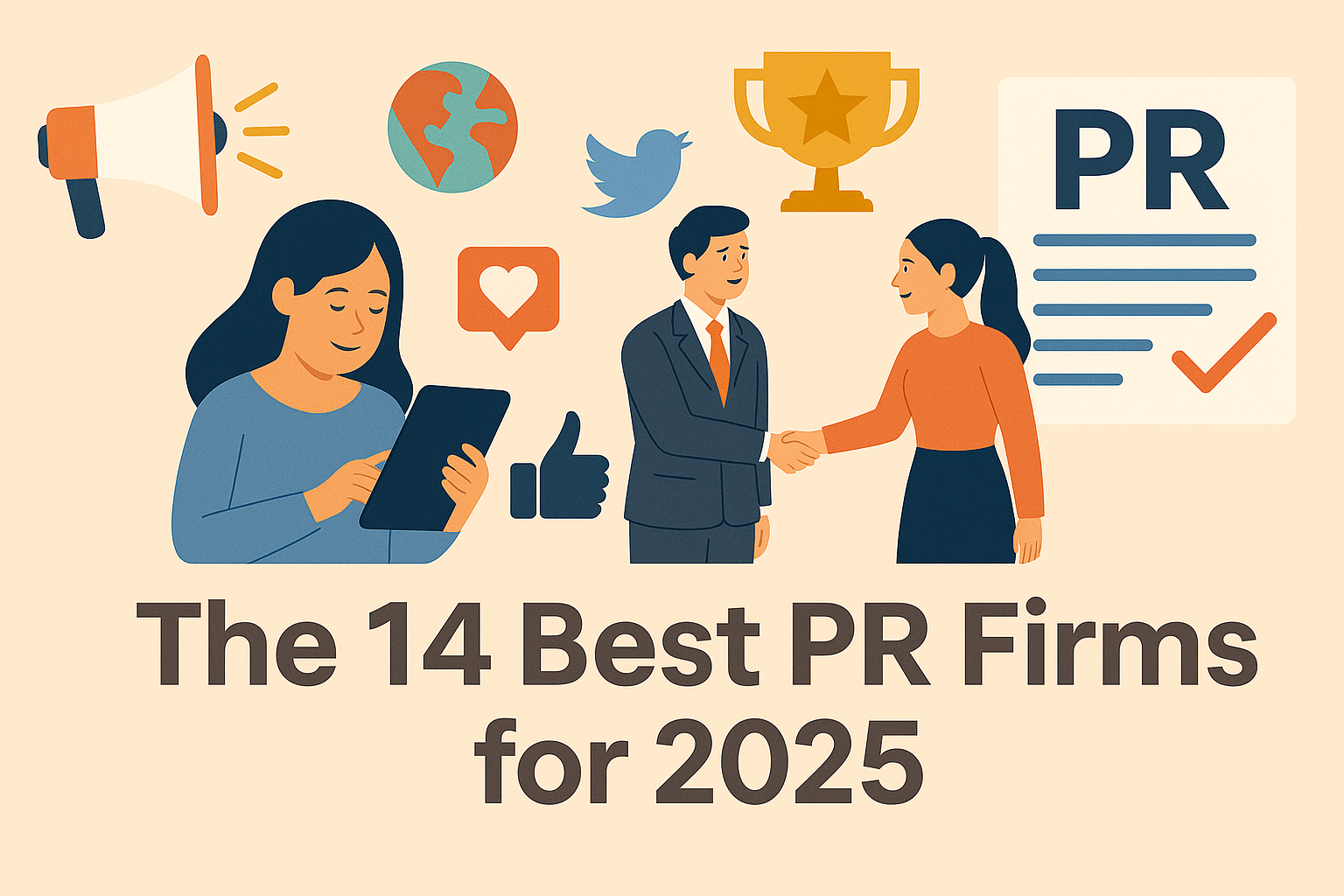Digital marketing and B2B social media marketing don’t stand still for a moment, and 2024 is set to build on the advancements made in the past year. Amidst a marketing landscape where rapid change is the only constant, knowing what consumers demand is even more important.
With that in mind, here’s what you need to know to play hard and win big in a digital world evolving at the speed of change.
Social media is a customer service tool.
In 2024, social media platforms are transcending their traditional role as mere entertainment hubs. They are evolving into vital spaces for interaction between customers and brands.
The shift to online engagement, accelerated by past global events, has seen brands increasingly meet customer needs through social platforms. This trend signifies a transition in how brands engage with their audience, leveraging these platforms for customer service, feedback, and community building.
This trend continues to grow with the expansion of e-commerce capabilities on platforms like Instagram and Facebook. In 2024, expect to see more integration of technology such as live streaming and direct customer support through social media apps.
Social media channels are now integral for brand storytelling, product launches, and direct consumer engagement. The focus is on creating a more interactive and responsive experience, where consumers feel heard and valued by the brands they follow.
Social media will allow brands to engage with customers and improve their experience. This means that in 2024 we’ll see a widespread shift from a mindset of “using” social media to a mentality of adapting and thriving in an ecosystem where a highly connected, social, empowered consumer is now the non-negotiable norm. In other words, marketers will no longer view social as a channel they can more or less successfully “surf” but as the online and offline “water” in which consumers and brands alike are inescapably swimming.
Related Reading: How To Market To Connected Consumers
Video (still) dominates.
How many marketers have heard, “Video is the #1 content format brands need to leverage”? Well, whoever said it isn’t wrong.
According to research by Cisco, video accounts for 82% of all online traffic. In 2024, this will still be the case, but luckily for businesses, customers are more interested in the authentic side of brands, not high-budget, polished videos. Brands must integrate video content like product demos, webinars, and live video events to keep their content fresh and aligned with consumers’ wants.
Video content, especially short-form, is retaining its stronghold in digital marketing strategies. Platforms like TikTok, Instagram Reels, and YouTube Shorts are at the forefront of this trend, offering brands a dynamic way to engage with their audience.
Short-form videos are not just about capturing attention; they are about creating memorable, shareable content that resonates with the viewers. This format’s success lies in its ability to adapt to the fast-paced digital environment, offering quick, impactful messages that align with the modern consumer’s preference for concise and engaging content.
Rethinking data-driven approaches.
Right now, data is viewed as king, but data is only as powerful as the story it tells. The problem with relying entirely on data is that data doesn’t win the hearts and minds of consumers, and contrary to the term “data-driven,” it doesn’t drive compelling messaging or campaigns.
2024 sees a paradigm shift in marketing strategies, with a growing emphasis on creative risks and innovative approaches to presenting data over traditional tables and graphs.
Data-addicted marketers can be terrified to loosen their grip on data because it gives them the illusion of insight, control, and safety—and don’t even get us started on how marketing data is impacted by dark social! Numbers may not lie, but they don’t speak for themselves—they require interpretation. And even with interpretation and context, they don’t always give the full picture. After all, something truly innovative is unprecedented, which means it doesn’t even exist to measure, at least until after the fact.
Using data in 2024 will involve experimenting with new formats, unconventional campaigns, and creative storytelling that goes beyond the norm. It’s about leveraging data insights as a guide rather than a rulebook, allowing for more freedom and creativity in marketing executions.
Disruptive innovation rests on the ability to defy existing data and dispense with the illusory safety net of data-driven certainty. It’s not data that drives disruptive innovation but creative risk.
To propel rather than impede innovation, marketers will regard data as just one part of an iterative creative process more dedicated to experimentation and testing than to certainty and safety.
Integrated marketing will no longer be optional.
As marketers face mounting revenue pressure, a dizzying diversity of customers, markets, channels, and products, decreasing budgets, and siloed organizations, integrative marketing will no longer be just one approach among many but the very foundation of customer-centricity.
As the name suggests, integrated marketing brings coherence to the complexity and fragmentation that increasingly characterizes the marketing world. Regardless of what theories marketers may espouse, approaches they may take, or organizational models they may adopt, integrated marketing brings everything together into a high-performing whole.
This is accomplished by aligning and coordinating a marketing organization to deliver a consistent, seamless experience across all channels. It involves coordinating various aspects of marketing—from advertising and public relations to sales and digital channels—to ensure consistency in messaging and brand experience.
Related Reading: Approaching Influencers: The First Step to Influencer Marketing, Outreach, and Digital PR
As a testament to the power of integrated marketing, research conducted by Gartner has found that Integrated campaigns across 4+ channels outperform single or dual-channel campaigns by 300 percent. Amplifying a consistent message drives value, and according to Kantar Millward Brown, integrated campaigns are 31 percent more effective at building brands. Because integrated marketing represents the move from a cost center to a profit center, it will no longer be viewed as an optional approach but as the price of admission for competitive viability.
The New B2B2C
While B2C marketing has learned to speak to consumers in increasingly human and authentic ways, B2B has been slower to realize the value of this approach. B2B marketing still has a tendency to speak to buyers in transactional terms or “sales-talk” that can feel impersonal and fail to inspire buyers’ trust.
Consumers have become increasingly interested in the actual human beings behind the “public persona” of businesses and brands. B2C has responded by giving consumers an inside perspective on the brand by telling compelling stories about those inside it—employees and stakeholders—or those personally impacted by it. These authentically told stories leave consumers less likely to feel like they’re being “pitched” and more likely to feel like part of the brand’s community. It’s past time B2B brands adapt to the ideas of their B2C counterparts.
Related Reading: B2B and B2C Converge: How B2C Trends Are Influencing B2B Marketing PR
In 2024, B2Bs will adopt more interesting, engaging, and human brand traits, dissolving the boring or overtly promotional language of years past.
2024: A Year of Enhanced Digital Marketing Trends
The upcoming year will see these trends gain further momentum:
- “Social” will no longer exclusively refer to entertainment among social media platforms but as the meeting ground for customers and brands to interact with one another.
- Video will continue to dominate marketing strategies and show customers what they want to know about your brand. Short-form videos will become increasingly popular as they match the fast-paced attention spans of online audiences.
- Overly data-driven approaches will give way to experiments of creative risk that drive disruptive innovation, and marketers will put a premium on seeking the meaning behind their metrics rather than merely manipulating them.
- Integrative marketing will no longer be viewed as one approach among many but as the very foundation of customer-centricity and price of admission for competitive viability.
- B2Bs will behave more like B2Cs by speaking to buyers in less transactional and more authentic terms that will help brands earn more human trust.
Knowing what consumers are ready to see in your digital marketing campaigns is the difference between the ability to compete and the ability to lead the charge. These five trends have far-reaching and dramatic implications for the future of marketing and what it means to be a citizen of a rapidly evolving digital world. For those up for a high-speed adventure, the journey is well worth it.





